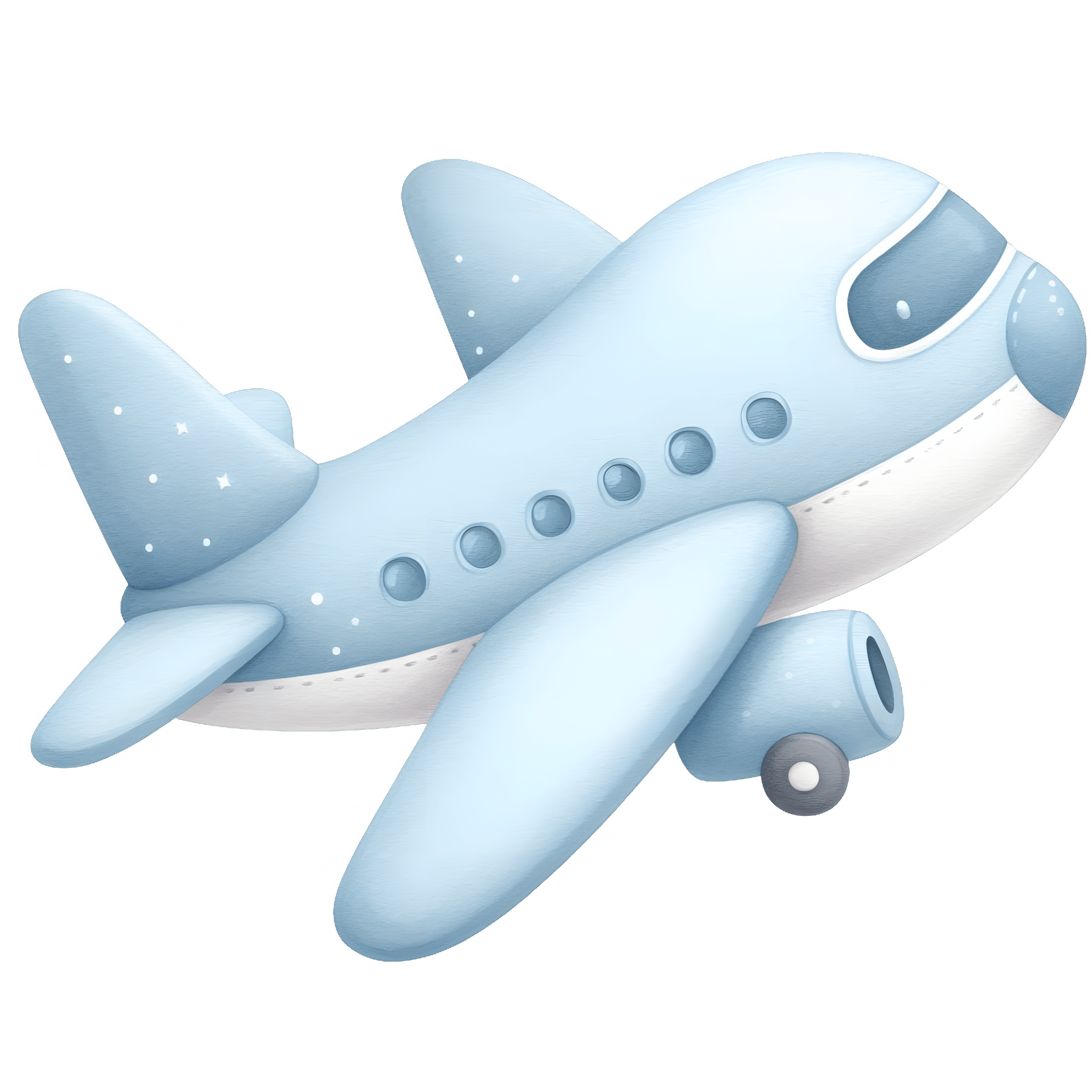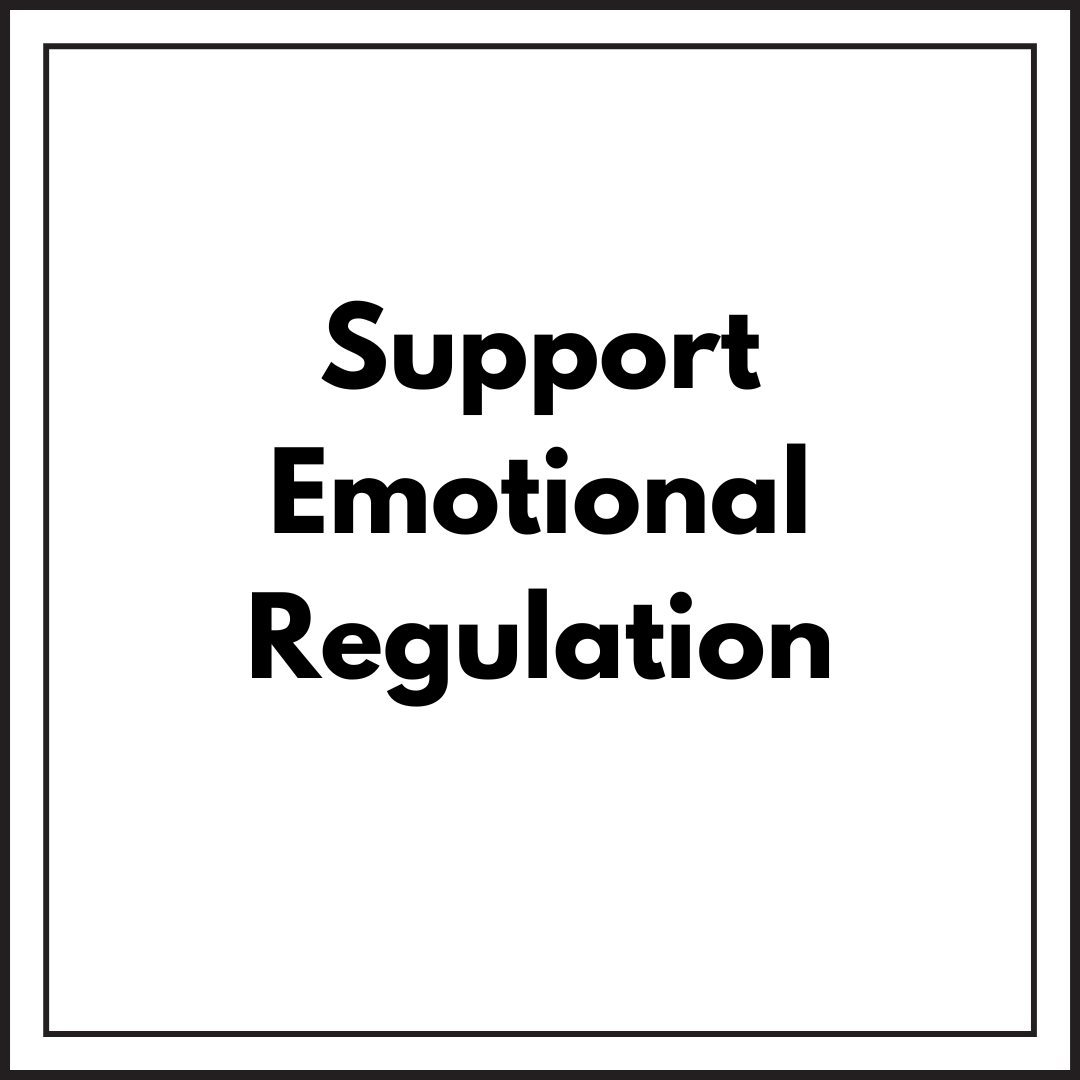
· By Elizabeth Muncey
Sensory-Friendly Airport Travel Tips Made Easy
Traveling through airports can be overwhelming for anyone, but for children with sensory sensitivities, ADHD, or autism, the experience can be especially challenging.
With bright lights, loud announcements, security lines, and unexpected delays, air travel often presents a barrage of sensory input that can lead to anxiety, meltdowns, or shutdowns.
Thankfully, there are strategies, tools, and resources that can transform your sensory airplane journey into a more positive, manageable experience.
This comprehensive guide provides sensory-friendly airport travel tips to help you prepare, navigate, and thrive throughout your family's next sensory flight.
Why Airports Are Overwhelming for Neurodivergent Kids
Before diving into the solutions, it's important to understand the sources of overwhelm:
-
Sensory Overload: Loudspeaker announcements, crowded terminals, bright fluorescent lighting, and strong smells can all be overwhelming.
-
Lack of Predictability: Delays, sudden changes in gates, and the fast pace of security lines create anxiety.
-
Transitions: Moving from one environment to another can be especially hard for children who crave routine and structure.
Step-by-Step Airport Travel Prep for Sensory-Friendly Success
1. Create a Visual Airport Travel Schedule
Use a visual schedule with simple icons to show each step of the journey—from arriving at the airport, to checking bags, to security screening, and finally boarding.
2. Use an Airport Social Story
Social stories are short narratives that explain what to expect. Write or download one tailored to your child’s experience (e.g., "Going Through TSA Security"). Include calming phrases and pictures.
3. Introduce the Airport Early
If possible, visit your local airport ahead of time for a sensory preview. Some airports offer autism-friendly tours and sensory airplane viewing.
4. Practice the Routine at Home
Set up role-play activities such as scanning bags, waiting in line, or walking through a "security checkpoint" to build confidence.
What to Pack in a Sensory Flight Travel Kit
A well-prepared travel kit can make all the difference:
-
Noise-canceling headphones
-
Fidget toys and stress balls
-
Weighted lap pad or small weighted plush
-
Chewy necklaces or sensory chew tools
-
Visual timer or watch
-
Familiar snacks (limit sugar to avoid sensory spikes)
-
Tablet with favorite calming apps or videos
-
A visual airport travel checklist
-
Extra change of clothes and wipes (for comfort and cleanliness)
Tips for Getting Through TSA with Autism or ADHD
The TSA Cares program is a free service designed to help travelers with medical conditions or disabilities.
-
Call 72 hours before your flight to arrange assistance
-
Request a Passenger Support Specialist to guide your family through security
-
Bring documentation (e.g., diagnosis letter or travel cards) to help explain your child's needs
-
Explain each step to your child as it's happening
-
Use your visual schedule to give them a sense of control
Sensory-Friendly Strategies While Waiting at the Gate
-
Find a quiet area: Some airports offer sensory rooms or family spaces away from crowds.
-
Use calming tools: Encourage use of noise-canceling headphones or sensory toys.
-
Maintain structure: Use a visual timer or first-then cards (e.g., "First snack, then iPad").
-
Hydration and movement: Let your child stretch, walk, or use a mini trampoline band (if allowed).
During the Flight: In-Air Strategies for Sensory Success
-
Choose seats strategically: Window seats offer fewer distractions; bulkhead rows give more legroom.
-
Use a calm-down plan: Have a toolkit with headphones, comfort items, and visuals.
-
Respect sensory needs: Some kids prefer not to wear seatbelts until necessary—ask the flight attendant for help if needed.
-
Bring familiar routines: A favorite book, storytime, or music helps maintain calm.
Preparing for Layovers and Delays
Layovers are hard on any child—especially those with sensory sensitivities.
-
Use sensory-friendly apps or games to pass the time
-
Let your child rest in quieter areas, such as airport chapels or family lounges
-
Prepare a calm-down corner with a small blanket and familiar items
-
Keep the visual sensory-friendly airport travel schedule updated to include changes
Airport Travel Visuals and Printables to Support Your Journey
Bring or download:
-
Packing Checklist for Sensory Needs
-
Airport Social Story Booklet
-
Behavior Support Flashcards (e.g., "I need a break," "I’m feeling overwhelmed")
Additional Travel Tips for Neurodiverse Families
-
Use direct flights when possible to reduce transitions
-
Arrive early to minimize rushing
-
Book flights during off-peak hours for lower noise and crowds
-
Choose autism-certified airports when available (e.g., Myrtle Beach International Airport or Pittsburgh International)
Final Thoughts: Every Family Deserves a Calm Travel Experience
While airports can feel like sensory obstacle courses, thoughtful planning, preparation, and communication can dramatically change the experience. With tools like a sensory travel kit, airport visual schedule, TSA support, and calming strategies in place, your family can travel with confidence—and even joy.
Whether it’s your child’s first flight or your fifth summer vacation, remember: progress over perfection. Every step toward comfort and empowerment matters.
Safe travels and smooth skies!
Helpful Resources:





